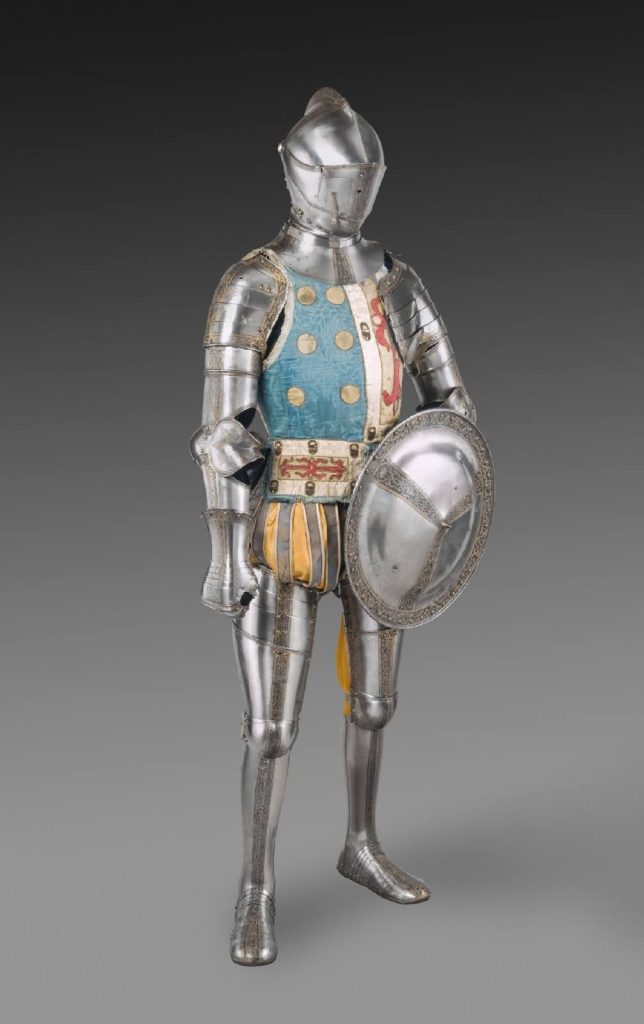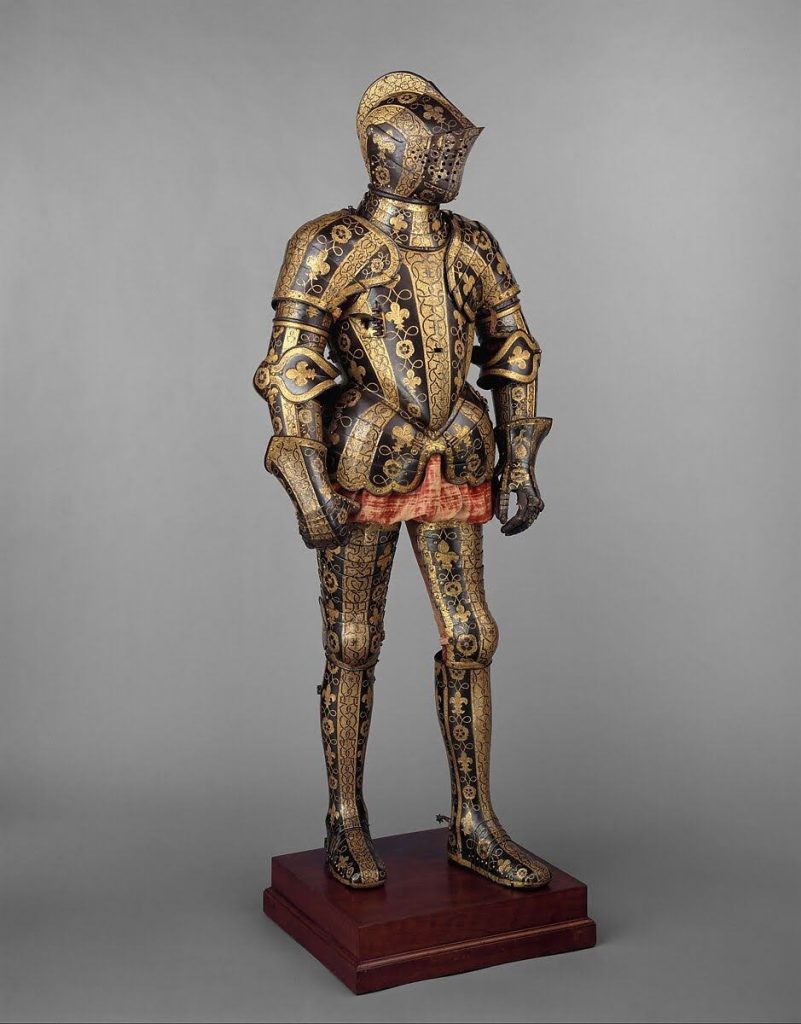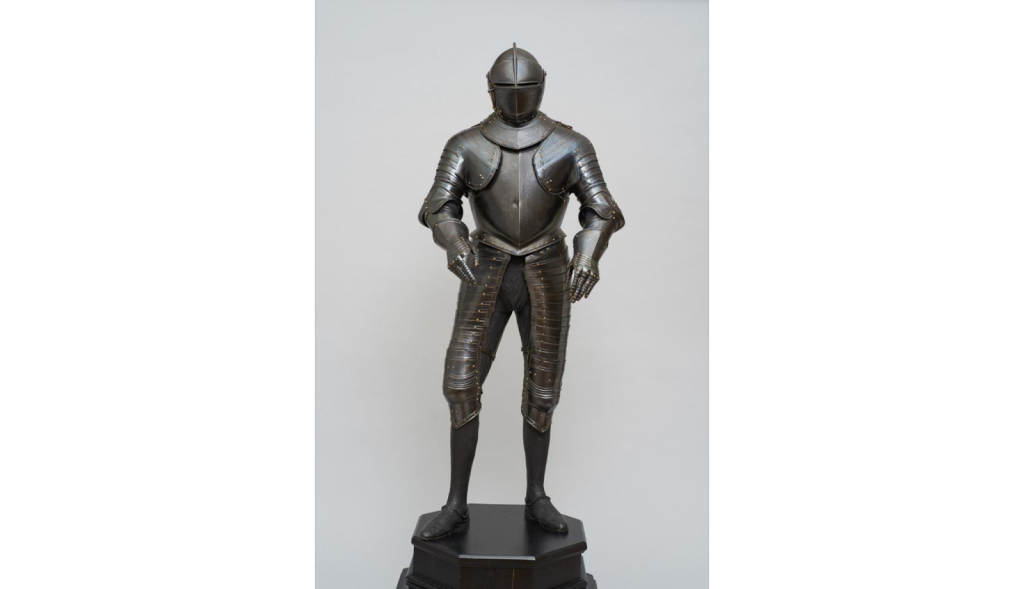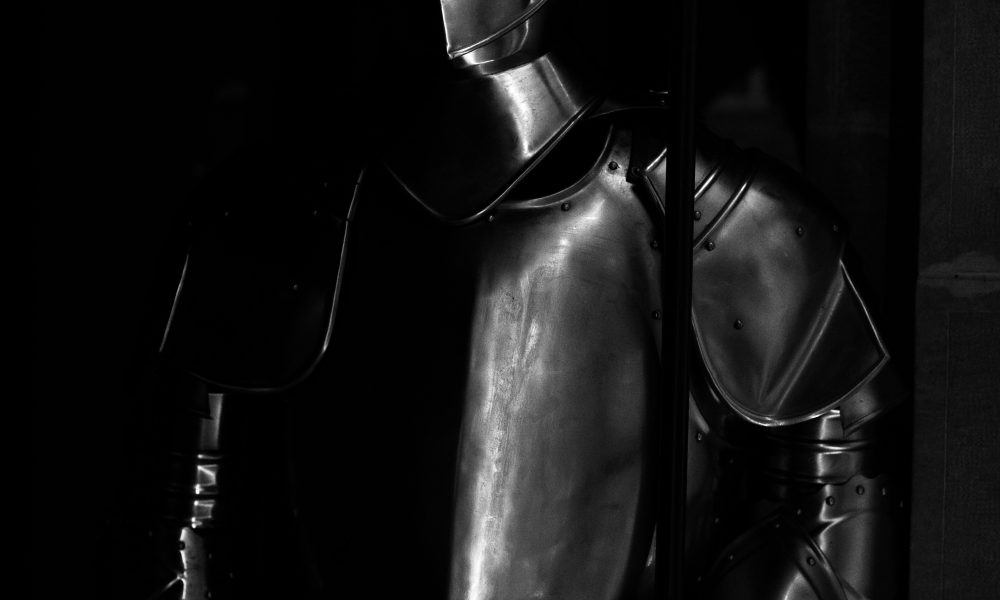Seven gorgeous armors that merge art and protection
Art has been used as a form of expression since before we could write, extending from paintings and sculptures to armor and weapons. Armor has a fascinating relationship with expression that has evolved both with the trajectory of art and effectiveness. I have always been fascinated with earlier forms of art and warfare, and that niche interest is sometimes combined to a level of absurdness with medieval-age armor. While it may take some further reading to understand the reasons behind the evolution of art and armor, the everyday Joe can still marvel at its complexity and beauty. This article will provide the casual reader with a few pieces of armor that can be pocketed for later reference, used for research, or simply enjoyed and discarded.
1. Costume Armor of Charles V, Holy Roman Emperor c. 1512-1514
This first piece is held in the Vienna Art History Museum (a common trend) and reminds us that armor was not only restricted to the oldest and most decorated nobles and knights. Commissioned for a 12-year-old Charles V, this piece was made almost entirely for flair as it was costume armor that took elements of both traditional garb with a foundation still based on practical armor. The pleated skirt is the most unique element of this armor as it is completely fashioned out of steel with a successful attempt to imitate fabric, a testament to the fine-honed skill of its crafter. This boy’s armor is full of unique accents, showing what armor can be without restricting functionality. Photo credits
2. Parade Armor of Henry II, King of France c. 1555
Held at the MET in New York, this suit of armor elaborates on the former piece’s details and artistry in a far more ‘painted’ manner. This highly decorated form of armor was designed far more for flair than function, as it was used as parade armor. It is difficult to imagine another piece that would be better to show in a parade, as there are so many delicate engravings that include depictions of people, animals, and legends. Though this piece is almost 500 years old, it has been maintained so well that every red ribboning and silver accent on gold can be easily picked out. Photo credits
3. Ceremonial Armor of Mikołaj “the Black” Radziwiłł c. 1555
An object only one of the richest in Poland could commission, Mikolaj Radziwell’s armor is another in the long list of armors that belong to the Vienna Art History Museum, Making use of enamel, gold fire-gilding, silk velvet, and so many more precious materials, there is no doubt that this piece has always held a high value since its first appearance in 16th century Poland. With rich symmetrical patterns that cover the entirety of this armor, there is a level of extravagance that is both welcome and yet not too overboard. With every plate painstakingly fitted and every engraving carefully scored, there is no doubt as to why this piece is still regarded so highly among elegant plate armor. Photo credits
4. Armor of Maximillian II, Holy Roman Emporer c. 1557
Held in the Vienna Art History Museum, the armor of Maximillian is one of the finest pieces to ever take advantage of contrast for design. The blued metal perfectly juxtaposes the etched and gilded gold layering found throughout all of the most important parts of this piece, and to call it anything other than a work of art would be to disregard the meticulous craftsmanship required to construct such an object d’art. Perfectly maintained, with every plate either preserved or replaced, there is no doubt that this could be the poster child for the merging of art and armor, each adding to a canvas stroke of beauty where neither one detracts from the value of the other. Photo Credits
5. Armor Garniture of Don Sancho de Avila c. 1560

A personal favorite of mine, this piece of armor is held in the Philadelphia Museum of Art. It is this perfect mix of function and flair, where one does not subtract from the other. With gilded accents on the comb (top of the helmet) down to the sabaton (the bottom-most section of the armor) and beautiful and simplistic patterned textiles on the torso, this German-made piece is one of the most modestly notable pieces of armor, not due to extravagance, but selective balance. Photo credits
6. Armor of George Clifford, Third Earl of Cumberland c. 1586

Currently held at the MET Museum of Art in New York, this piece highlights some of the best characteristics commonly found in art during this time. Extravagance in all facets of life was in high demand for nobles during this era, and even though it may not be the most practical thing to have your armor carefully gilded and artistically designed, sometimes a little function can be set aside for flair. Created during the height of plate armor in medieval Europe, this Armor exemplifies the best artistic flairs of its time. Photo credits
7. Riding Armor of Maurice, Prince of Orange c. 1590-1595

A dark and intimidating piece, the riding armor of Maurice, Prince of Orange, is held in the vast collection that is the Vienna Art History Museum. The end of the 16th century began a completely different stage of warfare and protection, where firearms became implemented inside of war practices. This piece is the perfect representation of this evolution as Maurice began to commission pieces that would make room for more mobility at the cost of protection, this piece in particular, halting the extension of plates past the knee. A member of both the emerging Puritan-baroque style and armor that caters to the utilization of firearms, this piece marks the beginning of the end for plate armor. Photo credits
Art appreciation is not only limited to a stretched canvas or marble sculpture, as art can be found in a myriad of different veins, armor included. While the main functionality of armor is to protect, the artists who constructed these pieces also saw it as a means of expression, taking to the task with flying colors. Intimate knowledge of where a crown, cuisse, or codpiece is situated is not a requirement to appreciate something of this caliber, as it can either be picked apart and mulled carefully by an art collector, or briefly looked over by a passerby with little more than a remark of, “how neat.” As an expression of self, a member of its era, and a subject of history, armor reminds us that art is more than just reflections of clouds on the water-lily pond.










